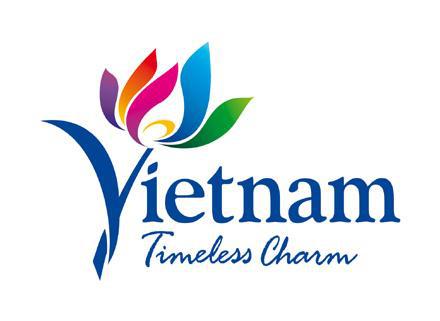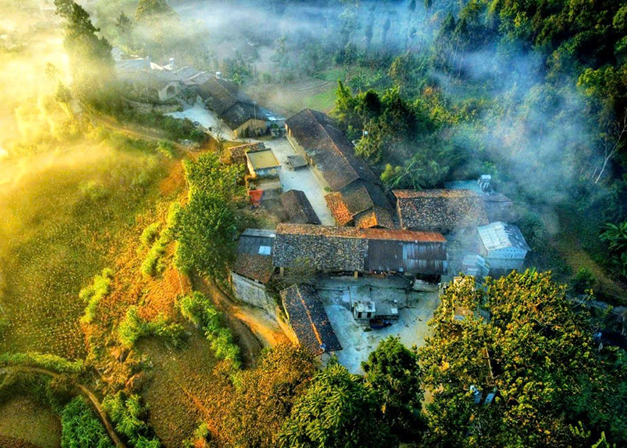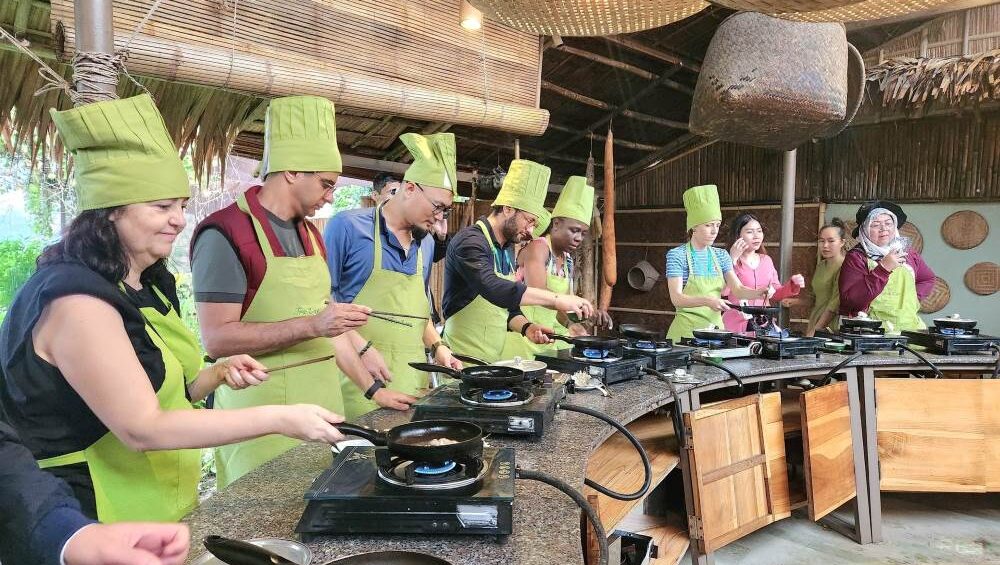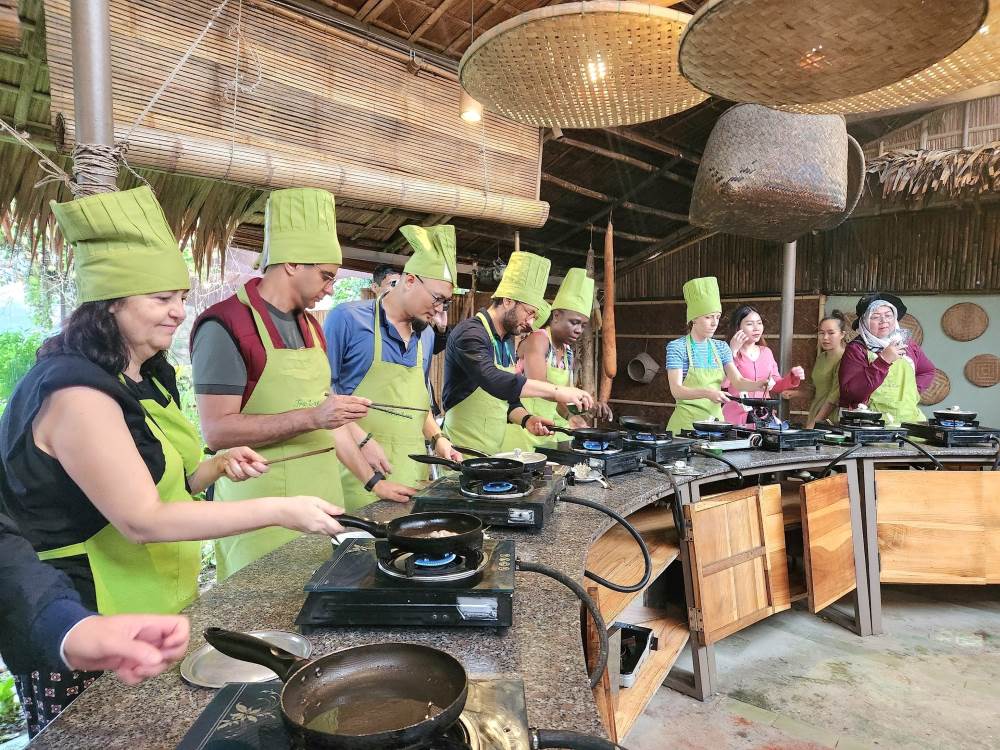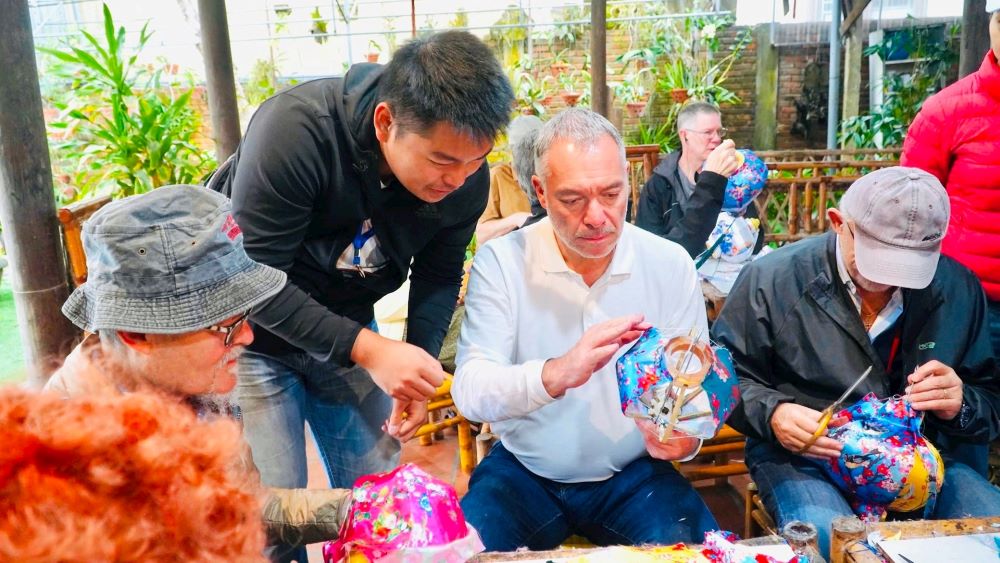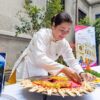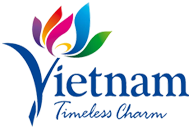Chau Doc floating village – A colorful picture in the heart of An Giang river
(TITC) – With its “floating houses” and colorful fish rafts, Chau Doc floating village is becoming a highlight, attracting a large number of tourists to An Giang Province. Coming to the floating village, visitors will have the opportunity to enjoy the fresh air, experience the life of the local fishing village and enjoy the specialties of the river region.
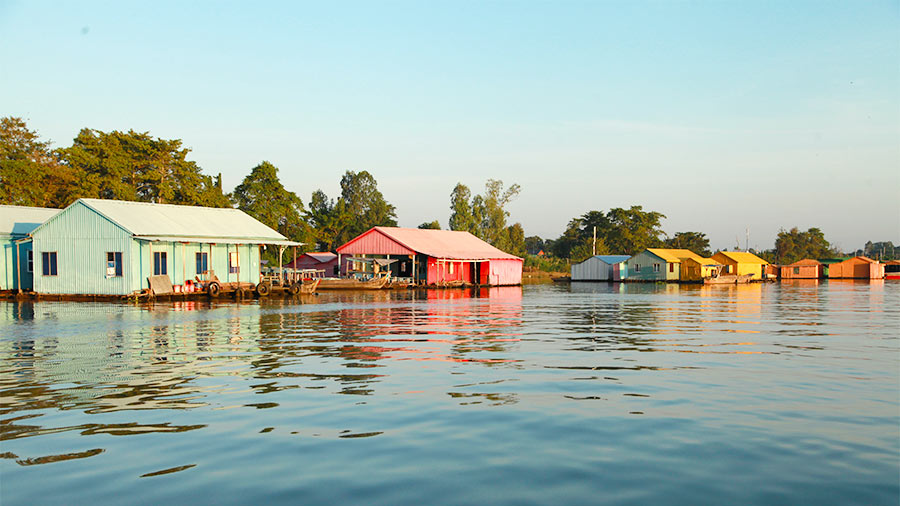
Chau Doc Floating Village is located in An Phu District, about 3km from Chau Doc City center. Floating houses and adjacent fish rafts, located close together with bright colors, create a very special village in the middle of a rich river region. These fish raft villages have existed since the 60s of the last century.
The houses here have similar designs, creating a very harmonious unity. Although simple, they have a new beauty that cannot be found anywhere else. The houses in the village are mostly built of wood, painted in many colors. Although the house is somewhat rustic and simple, it is fully equipped with amenities to serve daily living needs. The fish raft is made about 5m deep of star wood and surrounded by stainless steel mesh at the bottom of the house. Coming to the raft, visitors will be introduced to the fish farming process by the locals. In addition, they will also experience feeding fish directly from the raft and can buy fish right on the raft of the locals.
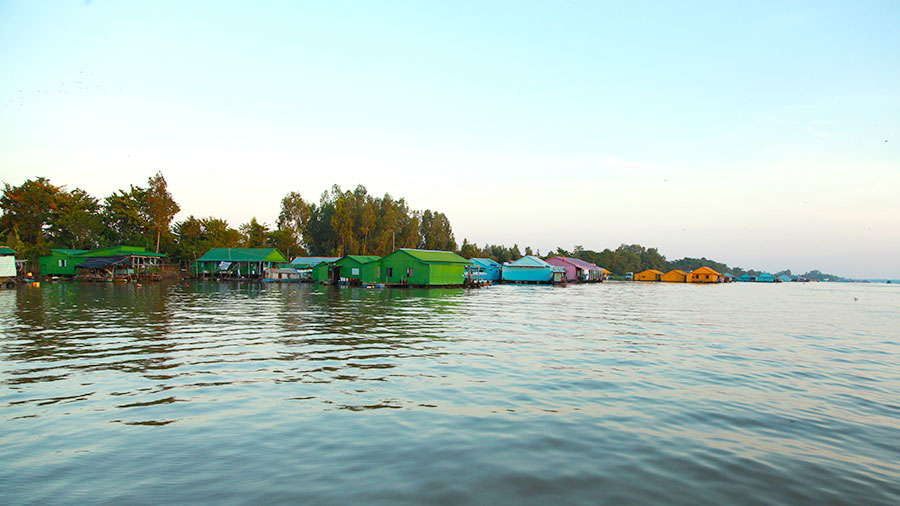
At the floating village, visitors would like to participate in interesting activities such as sightseeing, taking pictures and enjoying fresh fish raised here. In addition, the fresh air and peaceful space of the river will also bring visitors wonderful moments of relaxation. Coming to the floating village, visitors certainly cannot miss the specialties made from fish such as fish noodles, fried basa fish cakes, catfish hotpot, Chau Doc fish sauce…
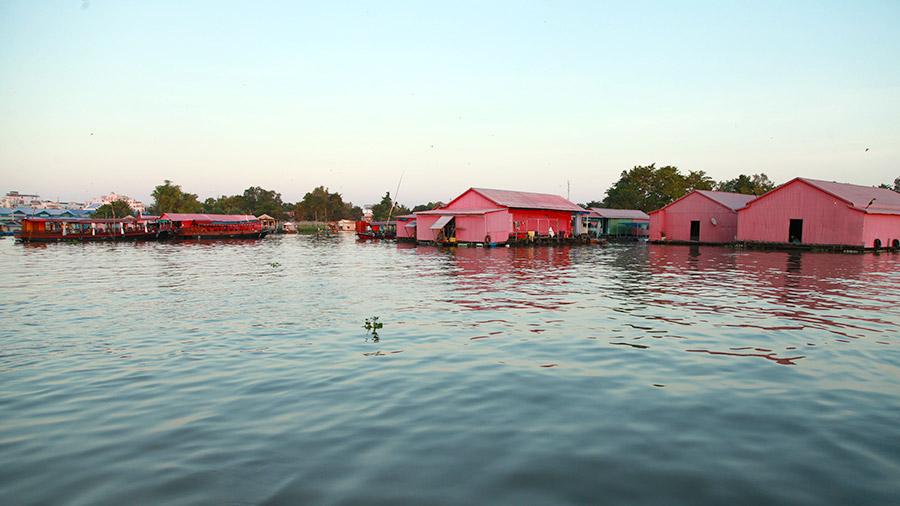
Chau Doc floating village attracts tourists by its living space in harmony with nature, the culture of the local community and tourist activities. This is an ideal destination for those who love to explore river culture, enjoy the quiet space and learn about the life of the local people. Chau Doc floating village is also a place for tourists to enjoy delicious dishes, explore the richness of the river ecosystem and immerse themselves in the life of the countryside.
If you come to Chau Doc floating village early in the morning, you will see the bustling scene of people here trading. Boats selling breakfast, food, groceries, and daily necessities stop right below the houses of the people. If you come here in the late afternoon, you will see the poetic and romantic scene when the sunset gradually falls, the Hau River and Tien River branches are dyed yellow, looking extremely beautiful.
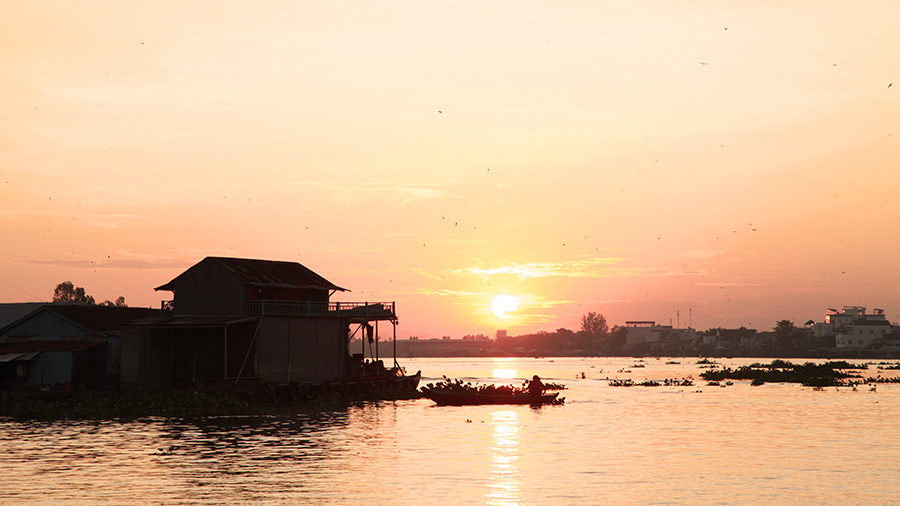
After spending time exploring Chau Doc Floating Village, visitors should not forget to visit Chau Giang and Chau Phong Cham Villages. Not far from Chau Doc Floating Village, these are the two most famous Muslim Cham villages in An Giang. Coming here, you will have the opportunity to learn about the customs and practices of the Cham people. In addition, this is also an opportunity for you to admire brocade items such as scarves; indigo shirts, handbags, … made by the skillful hands of Cham women.
Tourism Information Technology Center
